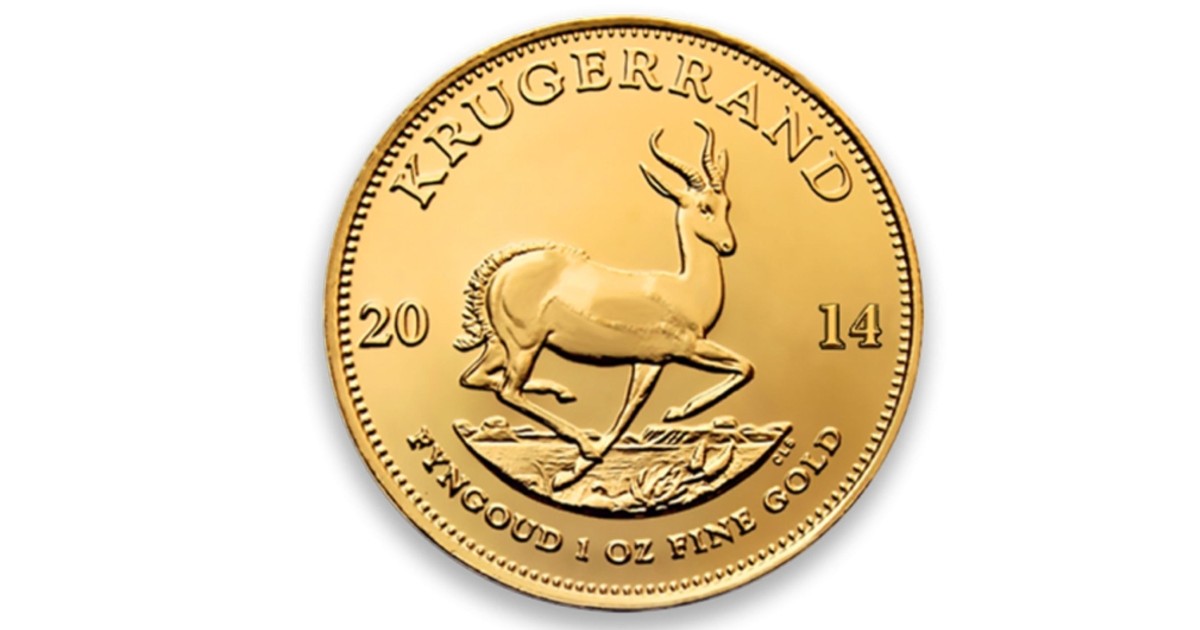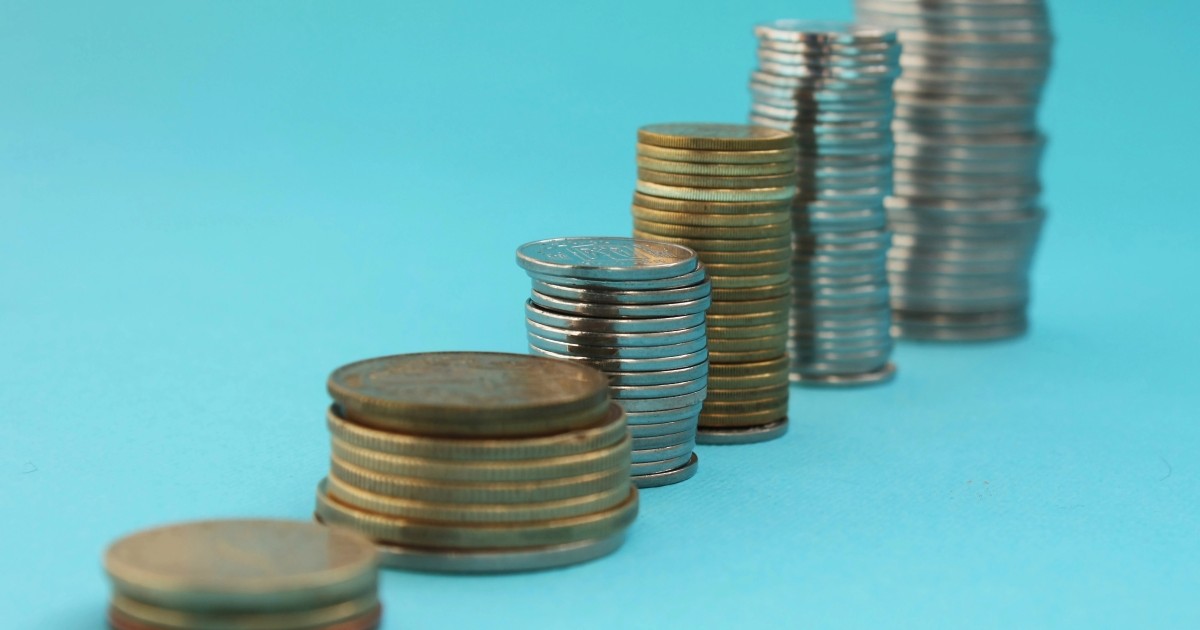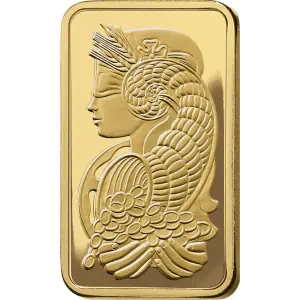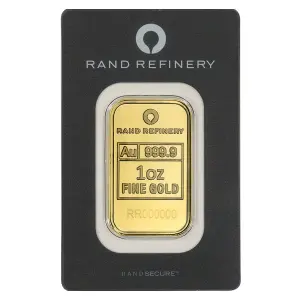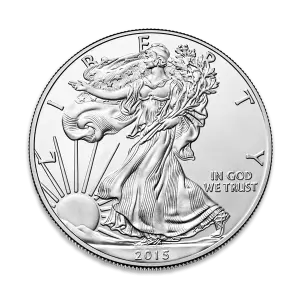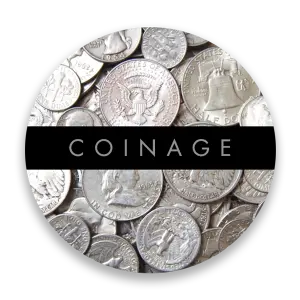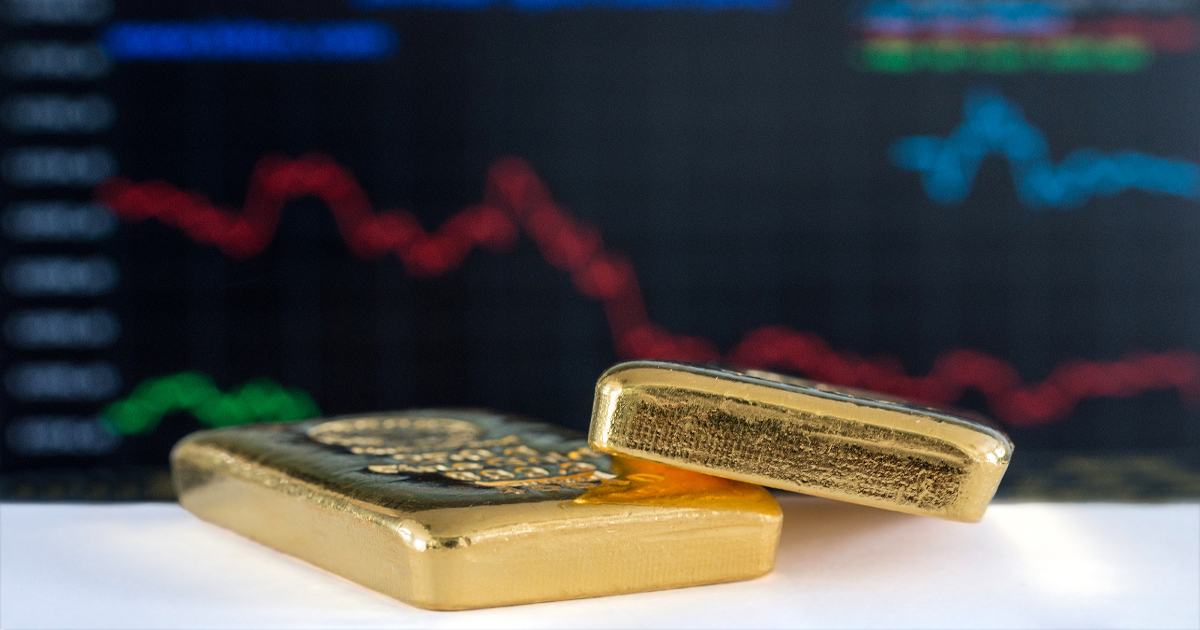
Over centuries, precious metals have held the title of currency, a symbol of wealth and social status. With a strong background and a long history, they have been associated with power, luxury, and security among traders and investors.
Even in today's market, precious metals have retained popularity, and their rarity and value have contributed to creating a vast a profitable market for investors to purchase them and diversify their investment portfolio.
Times are different today, but one fact remains unchanged:
Investing in precious metals represents a valuable commodity.
If you are considering buying precious metals for the first time, below is everything you need to know about going down this investment path.
First and Foremost: Determine Your Investment Goals
Before you dive into the topic of precious metals investments and how to go about this critical task, it would be useful to clarify one key thing, and that is, your investment goals.
It is essential that you are 100% familiar with what precious metals provide and what you expect to gain from these valuable metals.
Try to answer the following questions:
- What is your vision? What do you want to achieve from your investments? (retirement, financial stability, income, insurance, etc.)
- What drives you? (investing in your kids' future, passion for investing in precious metals, leaving a legacy, concern about monetary systems, etc.)
- What are your short/long-term goals? (investing in a retirement plan, spending on trivial things, etc.)
Investment purposes are purely individual, so before you buy precious metals, take a piece of paper and note down your goals.
If you have a financial advisor, all the better! Bear in mind that financial advisors don't profit when you hold physical bullion, so they tend not to want you to own much of it.
Types of Precious Metals
There is a lot to talk about investing in precious metals, and for a beginner investor, sifting through a huge amount of information can be confusing. The best way to unpack this topic is by listing down the 4 types of precious metals and briefly explaining each of them.
The four types of precious metals are:
- Gold
- Silver
- Palladium
- Platinum
Gold
By far, gold is the most familiar precious metal to investors. It has been used as a currency for centuries and a store of wealth.
Nowadays, it is specifically in demand in the jewelry, aerospace, and electronics industry, so the demand is no longer just monetary.
Since gold has long been a store of value, it is a popular choice for investors, especially during political and economic turbulence. The reason why they rush toward this investment option is that it represents a hedge against rising inflation and stock market volatility.
It's durable, and it has the ability to conduct heat and electricity, which is actually one of the greatest advantages of this precious metal from an industrial demand perspective. It is easily identifiable (only one of two metals that is not grey/silver in color), hard to forge, divisible, and portable which has always been the reason it has been used as money in every culture.
Luckily for investors, there is more than one way to invest in gold. Investors can purchase physical gold (coins, bars, jewelry). They can also invest in gold stocks (gold mining, streaming, royalty companies). The third option would be gold-focused mutual funds.
It's important to mention that there is no regular-approved list of gold dealers; however, you can find accredited ones from the BBB (Better Business Bureau).
Silver
Moving on with precious metal investing, we have our second option - silver.
Silver is the second-most common choice for investing in physical metals. Although it's worth much less than gold, it has many industrial uses.
It's often the case that the prices of silver can outperform gold prices during periods of high investor and industrial demand. Their price volatility can also influence the silver stock market.
The primary reason for investing in silver is its affordability and demand in scattered industries such as computer, car, consumer appliances, electrical appliances, and jewelry.
Simply put, silver is easy to buy and easy to sell.
Another characteristic of this type of precious metal is its importance in solar panels. The electrical properties that silver has makes it a vital component in solar panelling. Investing in silver can also be realized in physical form through jewelry, coins, and bars.
Platinum
Third on the list is platinum, which is one of the rarest metals on the planet. It's even much rarer than gold. Besides being aesthetically pleasing, platinum is common in many industries, such as the automotive, jewelry, and computer industry.
One major platinum characteristic is that it is a part of PGM, a platinum-group metals consisting of ruthenium, palladium, rhodium, iridium, and osmium. All of the mentioned metals share similar properties and occur in the same mineral deposits.
Much like its predecessor, silver, platinum is mostly used as an industrial metal. However, its greatest usefulness is in the automotive industry as a catalyst in catalytic converters. Diesel engine vehicles primarily use platinum in their catalytic converters.
Thanks to the rarity of this metal, it holds investment value; however, not as much as primary precious metals - gold and silver. In addition, the price of platinum is primarily driven by industrial demand, not investment demand.
Palladium
Last on the list of precious metals is palladium. This is an abundant metal that was discovered in the early 1800s. Its main characteristics are resistance to corrosion and hardness, which makes it especially sought-after in the electronic and automotive industry.
The interesting fact surrounding palladium is that historically, it is cheaper than platinum and gold, but more expensive than silver. However over the past couple of years it has become much more expensive than platinum and even gold.
Palladium is recognizable by its clean finish and aesthetically pleasing chromaticity. It's also a part of the PGM group that we mentioned earlier.
As for utility, palladium is most commonly used for electronics and industrial products, dentistry, medicine, chemical applications, etc. Its biggest use is in catalytic converters for gasoline powered cars and trucks.
Even though it's rare and has a lot of use, investors are not particularly keen on investing in palladium as they are for the other 3 precious metals.
How to Invest in Precious Metals?
Precious metals investing is broken down into two groups of investments:
- Physical precious metals
- Precious metals investment products
Investing in Physical Precious Metals
The first way to invest in precious metals includes investing in physical precious metals. Physical metal investments entail a direct investment in bars, coins, and jewelry that is made from these metals. A rule of thumb would be that these precious metals gain value as prices of underlying metals increase. This is much more the case for bars and coins than for jewelry.
Investing in Precious Metals - Investment Products
The second way of investing in precious metals is by buying precious metals-based products. This includes investing in shares of precious metals mining stocks, streaming, or royalty companies.
You also have exchange traded funds (ETFs) or mutual funds that are aimed at precious metals or even future contracts.
The three most popular and common investment options for precious metal ETFs are:
- SPDR Gold Shares (GLD)
- iShares Gold Trust (IAU)
- SPDR Silver Shares (SLV)
The rule applies to this group as well - these precious metals will grow in value as prices of underlying metals increase.
Individual gold mining stocks are another good way to invest in precious metals. Gold miners can be riskier than ETFs, especially for junior gold miners, as they are dependent on the company's production of gold and silver ore along with the costs associated for the individual mines. Doing a fair bit of research is needed and you can ask your financial advisor for assistance to see if they produce research on individual mining companies.
Where to Invest: Bullion Bars, Bullion Coins, Rare Coins, or Modern Issues?
Even after going through the introduction to investing in precious metals, many still feel stuck regarding their choices. Let's discuss common investment forms and their specifications:
Bullion bars are the most common investment form. Precious metal bullion bars are melted down to form a unique, individual-stamped bar. There are two types: cast and minted bars. For instance, investing in gold bullion can be great for maintaining a balanced portfolio. Most gold and silver bars are produced by large privately run refiners, such as PAMP Suisse, Valcambi, or Argus Heraeus in Switzerland, but there are many smaller refiners producing gold and silver bars and rounds worldwide.
Bullion coins, on the other hand, are usually minted by sovereign mints, such as the US Mint. Bullion coins, such as the American Gold Eagle or Canadian Gold Maple Leaf, have denominations stamped on them as do most sovereign mint produced gold and silver coins. They come in a variety of different weights, and they are popular with collectors. Investing in silver bullion is often portrayed as a "safe haven investment." Do to the higher cost of producing a coin from a sovereign mint, you can expect coins to cost a little more than an equivalent weight gold bar.
Rare coins make exceptional collector's items. Their value is based on their exclusivity, mintage, and condition.
Modern issues are aimed at collectors. They're not necessarily a smart investment choice.
The Pros and Cons of Investing in Precious Metals
Before you invest in gold or any other precious metals that we've mentioned, you should know that you'll have to dive deep down into your wallet and say goodbye to a chunk of money. For some investors, though, this poses a barrier, as their financial situation isn't necessarily at an enviable level.
Either way, let's go through the advantages and disadvantages of investing in precious metals.
Pro: Represents a Hedge Against Inflation
The first advantage of pursuing this investment venture is that it represents a hedge against inflation. The prices of precious metals tend to rise above inflation levels.
Con: It's Expensive to Invest
As we've already hinted, investing in precious metals is an expensive undertaking, which automatically makes beginner investors second-guess. Price movements are usually tied to economic uncertainty.
There are also more correlations with the stock market, causing the prices of precious metals stocks to underperform the prices of the underlying metals during a market sell-off.
Pro: They're Tangible Asset Classes
Another advantage of investing in precious metals is that they represent a tangible asset class. Gold and silver coins are physical assets with wonderful advantages - they're portable, tangible, and highly sought-after.
Con: The Rise of Cryptocurrency
Physical assets are threatened by the rise of cryptocurrency. The reason for this is because these assets share similar investment properties with gold and silver.
Both possess value and represent a potential hedge against inflation economic risks. As more investors turn to cryptocurrencies, investor demand for gold and silver could diminish, pulling down their prices.
Need Assistance?
Reasons for investing in precious metals and diversifying your investment portfolio are abundant. They are rare metals and have a high economic value.
No matter whether you are in the beginning stages of your investment process, or you're looking for some fact-checking, we're here to provide assistance.
Contact us for a free consultation and get in touch with one of our dedicated precious metals specialists. We'll help you secure your financial future - today!
Our A+ Better Business Bureau accreditation and a 4.9 Google rating speak for themselves!


